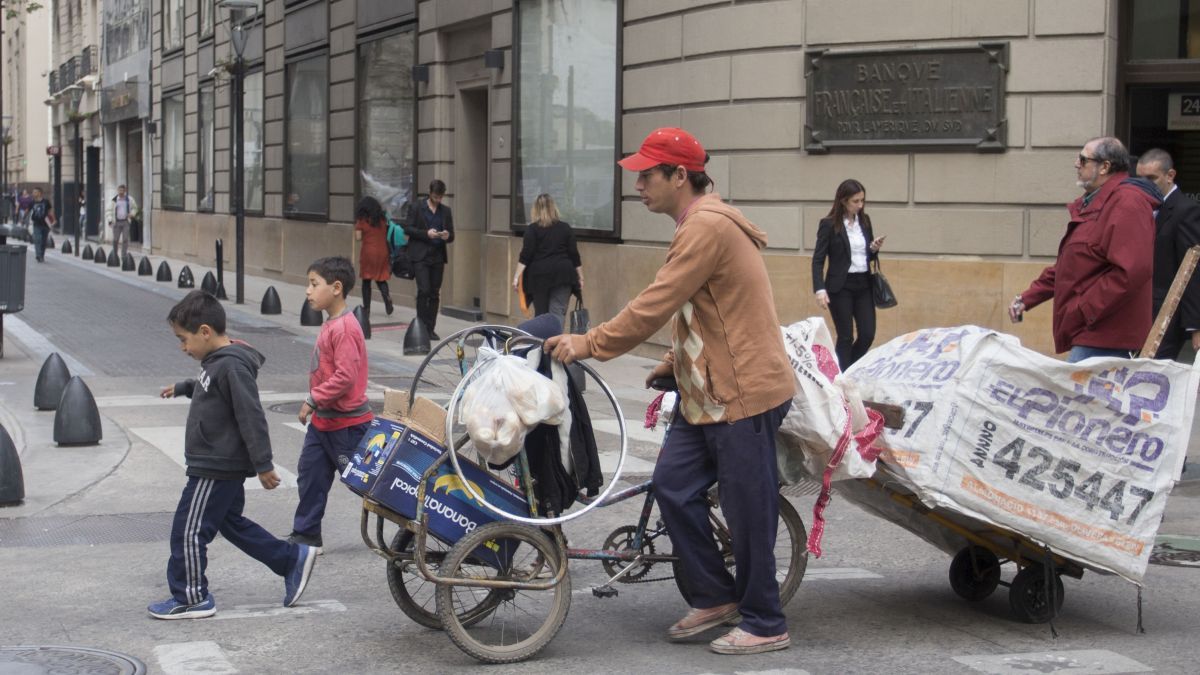If the numbers are transferred to the total population (estimated at 45.8 million by 2021), there were approximately 17.1 million poor individuals in Argentina during the last six months of last year.
In this way, more than one and a half million people came out of poverty compared to the previous semester. Even so, there are still 1.1 million more poor people than in the second half of 2019, prior to the coronavirus.
The INDEC report reflected that, during the analysis period, the total family income rose by an average 23.8%, against an increase of 16.5% in the value of the basket used to measure the poverty line.
Likewise, a reduction in the distance between the income of poor households and the CBT was observed. The former gave an average result of $46,712, while the latter stood at $74,059, for which the gap was 36.9%, lower than the 40% in the first half of 2021.
The improvement in the numbers was caused by several factors, among them the recovery of the labor market. It is worth remembering that last week the INDEC reported that unemployment fell to 7% in the last quarter of 2021, the minimum level of the data series that began in 2016.
The drop in unemployment was fully explained by an increase in employment; Compared to the end of 2019, almost 650,000 additional employed people were verified. The employment rate was the highest since 2014, while the specific employment rate for women set a record since 2003.
“The electoral spring yielded its fruits with the recovery of employment, a drop in unemployment, relative salary improvements, greater coverage and an increase in social allowances; and, therefore, a consequent drop in the rate of indigence and urban poverty“, he maintained in dialogue with Ámbito Augustine Salviathe director of the observatory of the Argentine Catholic University (UCA), which usually estimates poverty data.
“These results find an explanation in a post-Covid-19 economic reactivation bubble, together with strong public investment, keeping tariff prices controlled, all of which resulted in an increase in consumption,” the specialist said.
Prior to the INDEC report, the survey of the General Directorate of Statistics and Census of the City of Buenos Aires was also released last week, which stated that 101,000 inhabitants of the district came out of poverty in the fourth quarter of 2021.
Period in which the level of the population in this condition was 21.6% of the total, with a year-on-year improvement of 3.3 percentage points compared to 24.9% in the same period of the previous year.
In addition, the report reported an increase of 4 percentage points in people considered middle class, which went from 45.9% to 49.9% in the analyzed period.
In this way, the district completed four consecutive years with a middle class population below 50%. In addition, it must be taken into account that the acceleration of inflation in the last two months, which reached 3.9% in January and 4.7% in February, will not be reflected in the poverty measurement that the statistics institute It will be released in the next few hours.
Source: Ambito
David William is a talented author who has made a name for himself in the world of writing. He is a professional author who writes on a wide range of topics, from general interest to opinion news. David is currently working as a writer at 24 hours worlds where he brings his unique perspective and in-depth research to his articles, making them both informative and engaging.




